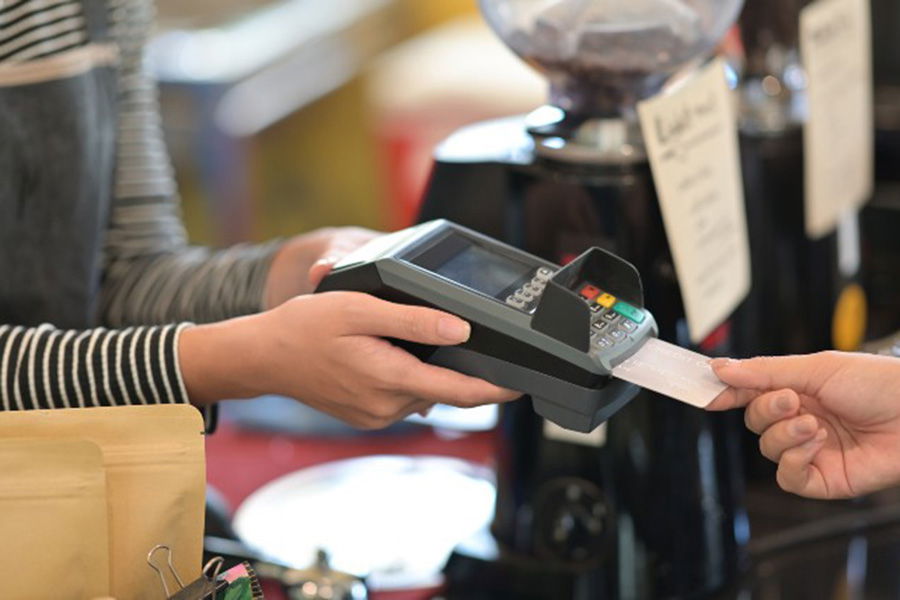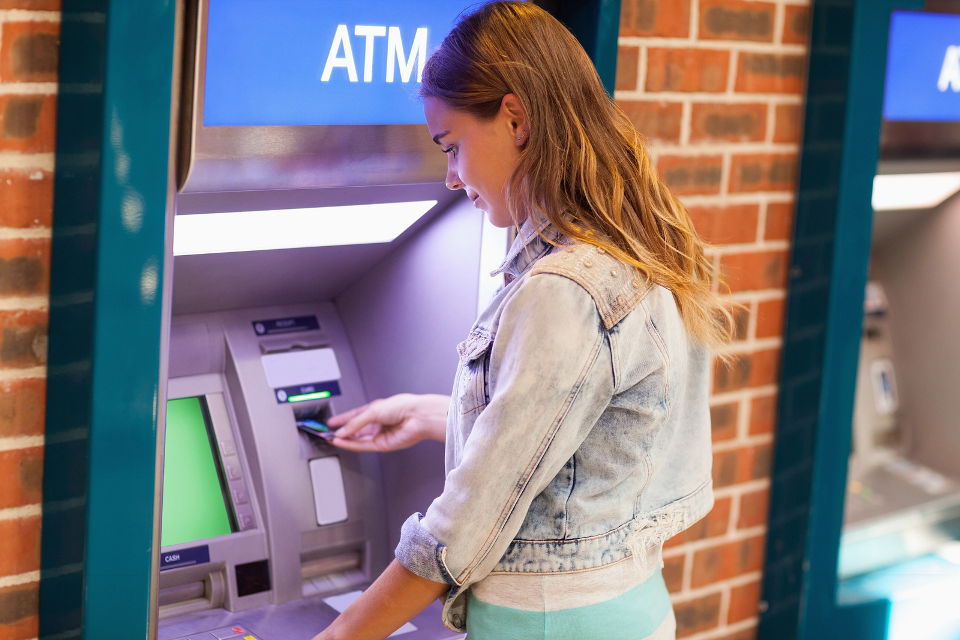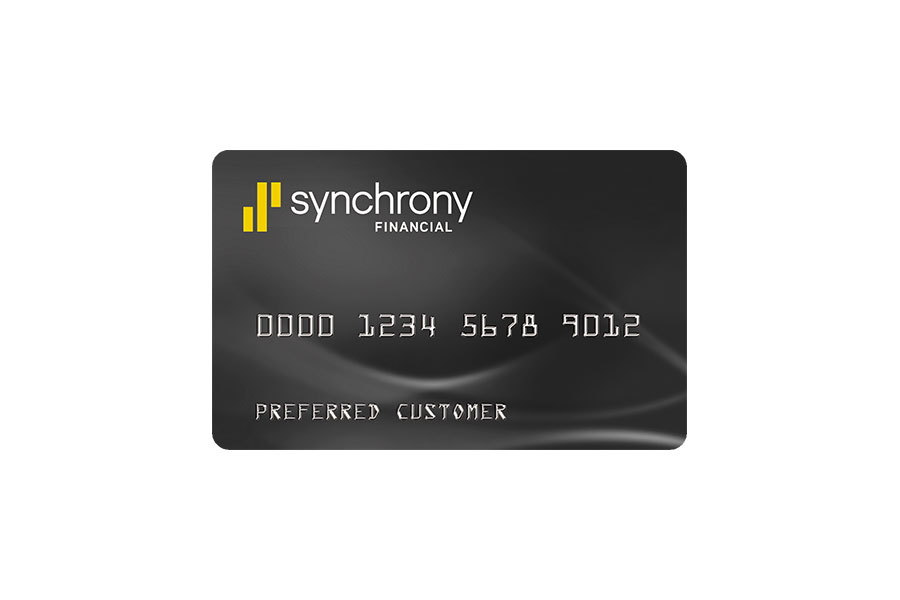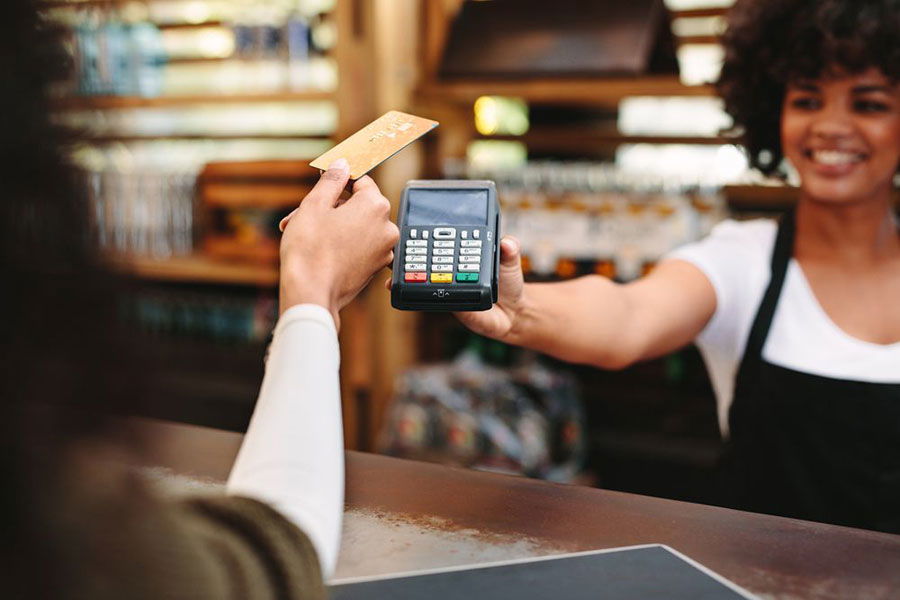A declined debit card can throw off your day—whether you’re checking out at the store, paying a bill, or withdrawing cash. In most cases, the cause is simple and easy to fix.

Below, you’ll find the most common reasons debit cards get declined, plus practical steps to get your card working again.
12 Reasons Your Debit Card Was Declined
Debit card declines usually fall into one of four categories: account problems, security measures, card issues, or merchant restrictions. Here’s a breakdown of the most common reasons your card might not work—and what you can do about it.
Account Issues
These problems come from your bank account—not the card itself.
1. Insufficient Funds – If there isn’t enough money in your account to cover a transaction, your card will be declined. Set up low-balance alerts to avoid surprises.
2. Wrong Account Linked – Some debit cards are linked to multiple accounts. If the one it’s drawing from has no funds, the transaction won’t go through.
3. Card Not Activated – A new card won’t work until it’s activated. Follow your bank’s instructions—usually online, via app, or at an ATM.
Security and Fraud Prevention
Your bank may block a transaction if it suspects something unusual.
4. Incorrect PIN – Entering the wrong PIN too many times can temporarily lock your card. Reset it through your bank if needed.
5. Suspicious Activity – Out-of-pattern spending, large purchases, or international transactions can trigger a fraud alert and stop your card from working.
6. Vendor Mistakes – If a cashier types in the wrong amount or miskeys your card info, the transaction may be declined.
Card-Specific Problems
Sometimes the issue is with the physical card itself.
7. Expired Card – Transactions won’t go through after the expiration date. Contact your bank if a replacement hasn’t arrived.
8. Damaged Card – A worn-out chip or magnetic stripe can prevent your card from reading properly. Request a replacement if needed.
9. Unsupported Card Type – Some merchants only accept certain networks, like Visa or Mastercard. If your card isn’t accepted, you’ll need another payment method.
Merchant or Transaction Limitations
Even if your card and account are fine, certain restrictions can still block a purchase.
10. Daily Spending or Withdrawal Limits – Banks often cap how much you can spend or withdraw in a day. You may need to request a temporary increase.
11. Technical Issues – Payment terminals and ATMs sometimes go down. If that happens, try a different machine or ask the merchant about other options.
12. Unsupported Transactions – Some cards block specific types of purchases, like gift cards or international charges. You may be able to adjust settings through your bank’s app or customer support.
What to Do If Your Debit Card Doesn’t Work
When your debit card is declined, it’s natural to feel frustrated or stuck. Fortunately, resolving the issue is usually straightforward. Here are detailed steps to help you get your card working again:
Try Again
Sometimes a declined transaction is just a temporary glitch. Before taking further action:
- Clean the Card: If the chip or magnetic strip is dirty or scratched, gently wipe it with a soft cloth.
- Use Contactless Payment: If your card supports it, tap to pay instead of inserting or swiping.
- Retry at Another Terminal: The issue might be with the merchant’s machine. Try a different payment terminal if possible.
Check Your Account
Ensure you have enough funds in your account to cover the transaction. Here’s how:
- Log Into Your Bank’s Mobile App: Most apps let you view your balance instantly. Check for recent transactions or holds that might affect your available funds.
- Set Up Alerts: Enable low-balance notifications to stay on top of your finances and avoid surprises.
- Transfer Funds: If needed, move money from a linked savings account to your checking account through the app or online banking.
Double-Check Your Information
If you’re shopping online or over the phone, a simple error in your payment details can cause a decline.
- Verify Card Details: Make sure the card number, expiration date, and CVC are entered correctly.
- Check Billing Address: Ensure the address you provide matches what your bank has on file.
- Complete Additional Verification: If prompted, enter any security codes sent to your email or phone.
Contact Your Bank
If the problem persists, reach out to your bank or card issuer for assistance. Be prepared with the following:
- Recent Transactions: Know the details of your last few purchases to verify your identity.
- Account Number or Card Number: Have these on hand to help the representative locate your account quickly.
- Explain the Issue: Share any details about the declined debit card transactions with the customer support representative, such as the merchant, location, and amount.
Use an Alternative Payment Method
If you can’t resolve the issue immediately, don’t let it derail your plans.
- Pay with Cash or a Credit Card: Always carry a backup payment method for situations like this.
- Digital Wallets: Use payment apps like Apple Pay, Google Pay, or PayPal, which often link to your bank account.
By following these steps, you can identify and resolve the issue with your debit card, often within minutes. Having a backup plan and staying prepared will also help you avoid similar problems in the future.
Bottom Line
A declined debit card is frustrating, but the fix is often quick once you know the cause. Most issues—like low funds, expired cards, or fraud flags—can be resolved in minutes.
Keep your account info up to date, monitor your balance, and have a backup payment method just in case. A little preparation can save you a lot of hassle at checkout.
Frequently Asked Questions
What should I do if my debit card is stolen or lost?
If your debit card is lost or stolen, report it to your bank immediately to prevent unauthorized transactions. Most banks allow you to freeze your card through their mobile app or online banking. Request a replacement card as soon as possible.
Can I still access funds if my debit card is blocked?
Yes, you can usually withdraw cash directly from a bank branch with a valid ID or transfer funds to another account through online or mobile banking. For additional options, check your banking app or speak with a representative at the branch.
Can a bank block my debit card without telling me?
Yes. If the bank detects suspicious activity, it may block your card for security reasons—even without prior notice.
Why does my debit card keep getting declined randomly?
Recurring declines could be caused by a damaged chip, a fraud flag, or restrictions on certain types of transactions. Contact your bank to investigate.




